CARDIOVASCULAR DISEASE IS NOW THE BIGGEST KILLER IN THE DEVELOPED WORLD. FACT!
In this day and age you would think that it would be something apocalyptic, such as famine or war, that would be humanitys downfall. But, alas, it seems that in terms of our health, we are the victims of our own progress.
When you look at the numbers in the UK alone, you start to see a very scary picture forming. According to The British Heart Foundations latest set of released figures, this is the scale of the problem: coronary artery disease will kill one in six men and one in 10 women and there are more than 2.3 million people living with the condition in the UK. There are 103,000 heart attacks and 152,000 strokes in the UK each year, while 750,000 people are living with heart failure.
As we look across to the United States, an even more grim tale unfolds. In the US someone dies from a heart attack every 33 seconds! More than 920,000 heart attacks are recorded annually and more than 80 million people have cardiovascular disease. This is a staggering picture. This is epidemic proportions.
The sad thing is, in these modern times, we are not seeing a decline. In fact, quite the opposite. Heart disease, its deaths and complications are on a rapid rise and are set to become the leading cause of death on the planet.
Perhaps what is most alarming of all, though, is the fact that the highest proportion of these numbers come from avoidable circumstances. Granted, there are hereditary factors that can increase our risk of cardiovascular disease but, in the main, we are looking at a lifestyle condition. This means that we really can be in the driving seat here. Of course there are no guarantees in life, but if you dont want to get run over, then jogging blindfolded round the M25 is possibly not the best of ideas. Right? Making a few small changes to your lifestyle will be like whipping that blindfold off and getting on the footpath. Something may swerve off the road, but its fair to say you are doing all you can to stay in the clear.
Our lives today, with their stresses and strains and weird and wonderful habits, are driving the rapid movement towards a cardiovascular epidemic. There are some factors that are really fanning the flames, so lets examine them and see what we can do to help ourselves.

STRESS
Modern life is pretty insane. I think thats a reasonably fair assessment of things. The pressures imposed upon us by this life we have created for ourselves here on 21st century planet Earth are overwhelming. The worries that accompany our financial ebbs and flows are ever growing and, lets face it, listening to the news doesnt help. Juggling home and career is like an insane science. Raising a family. Moving home. Modern life is filled with things that can take their toll on us and cause us to become so far detached from how we are supposed to live.
Now, Im a realist and I happen to enjoy modern life, so Im not suggesting you should sell your house, buy a yurt and set up a commune in Glastonbury. But learning to manage stress can have a huge impact on many aspects of our health, especially the health of the circulatory system.
Stress can seriously send up our blood pressure, increase inflammation and play havoc with blood sugar balance. As you will see later in the book, these are important factors in heart health and disease.

DIET
This is where things have taken a massive nose dive. The modern diet in the West doesnt remotely resemble what we are meant to eat. The utter rubbish that has somehow become staple food makes the mind boggle. The consumption of processed food, refined food, fast food and frankly non-food is off the scale. There are people out there I speak to a lot of them who dont eat any fruit and veg, unless you count cider and chips. This is a serious issue and it affects a big proportion of the population.
There are a lot of others who are trying to be health-conscious and make changes based on outdated and falsified information and guidelines (see page ). Their good intentions are actually putting them at greater risk of disease.
These factors can be addressed. With a little clarity, focus and effort, you dont have to become another statistic. We can all move away from this epidemic it is not an inevitability.
I will keep the information you need clear and to the point, but I wont skimp on detail. I want you to read this book without getting bored senseless, but also to learn enough from it to understand what is happening in your body, and how the food you eat can directly impact that for good and for bad. Then, best of all, Ill give you inspiration and ideas about how to put this picture all together rather deliciously.
If you eat the standard Western diet that most people eat in the modern world, it is likely you will develop heart disease.
DR JOEL FUHRMAN
Having a basic understanding of the cardiovascular system will enable you to start to build a clear picture of what is going on in your body, how small changes in your diet and lifestyle will have a great impact upon it, and especially how your current diet and changes you make to it may affect your specific issues. The cardiovascular system refers to the heart, the blood vessels and their contents.
THE BLOOD
The most obvious place to start. This tissue is the whole reason the circulatory system exists and finding out what it is, the components in there and which plays what roles will be useful later.
One of the primary functions of the blood is as a transport system. It brings oxygen and nutrients to the cells and tissues of the body. The nutrients we take in vitamins, minerals, amino acids, fats, glucose, or their by-products play vital roles in the daily operations of every cell in every tissue in every system. These nutrients and their by-products get where they need to go via the blood. The blood also carries away waste. Our cells are very good at housekeeping; they process waste and throw it out as rubbish to be carried away in the circulatory system.
The blood is made up of several components:
PLASMA
This is the liquid portion of the blood, and makes up around 55 per cent of blood volume. It has very little colour just a subtle pale yellow tinge and is mostly water with a bundle of proteins, clotting factors and nutrients suspended in it. It also carries antibodies and other important elements for our immune function.
ERYTHROCYTES
Otherwise known as red blood cells. These are the familiar disc-like cells that we often see in images and animations of the blood. Their main job is to transport oxygen to our tissues. Red blood cells contain a protein-based structure called haemoglobin. This is known as a metalloprotein (a protein that binds to metal), as iron makes up an important part of its structure. The iron in haemoglobin actually binds to oxygen to carry it around the bloodstream, where it can be deposited to cells and tissues. This is why people who have serious anaemia or iron deficiency become very tired and fatigued, as their capacity to deliver vital life-giving oxygen to cells is diminished. If cells dont get enough oxygen, their ability to create energy and perform many important functions is greatly impaired and severe fatigue and malaise soon set in.




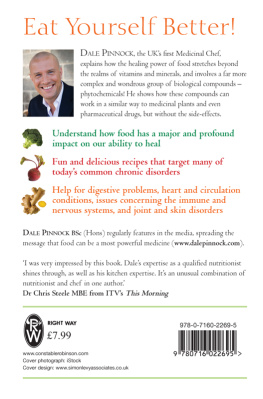
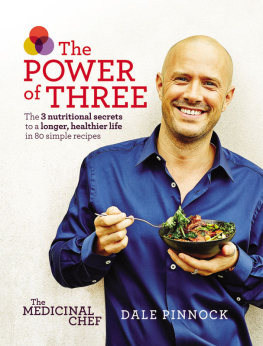
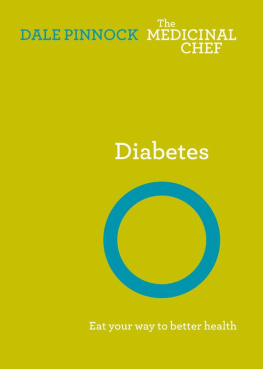

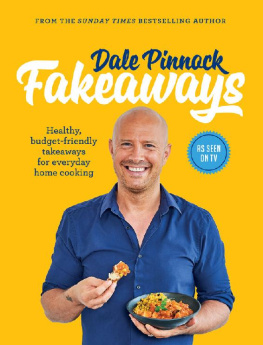
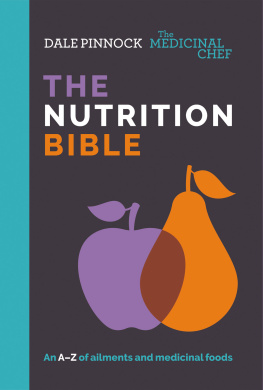
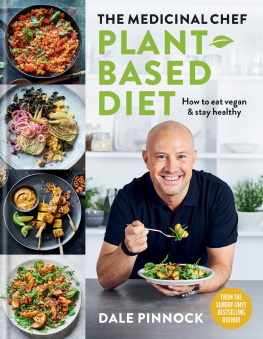
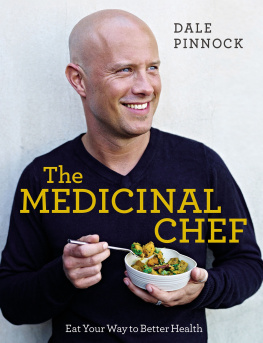
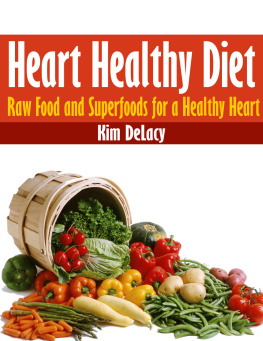
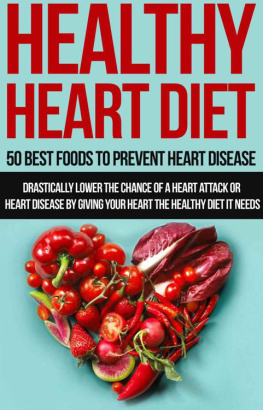

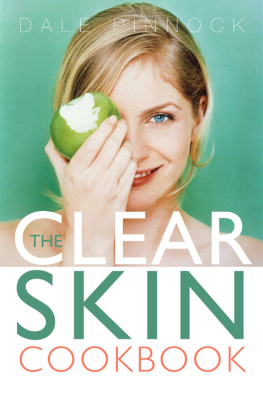


 STRESS
STRESS